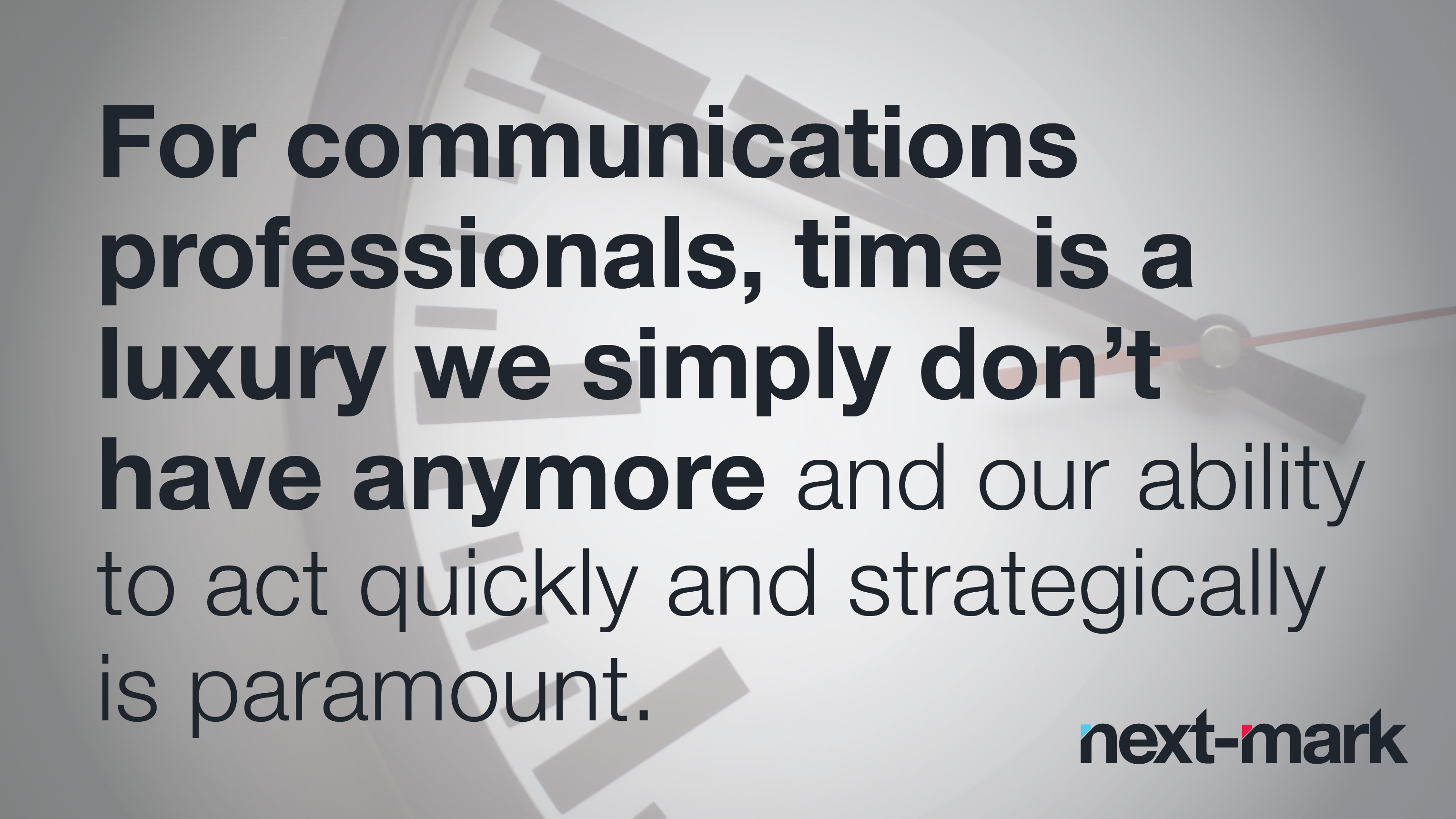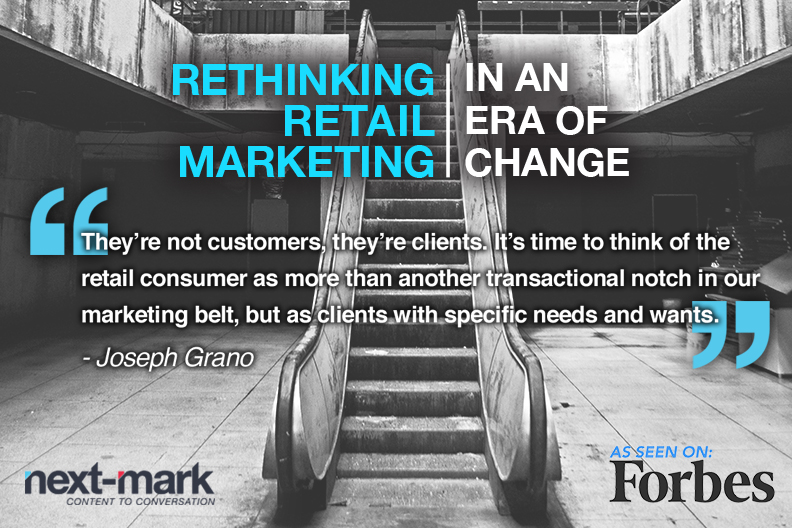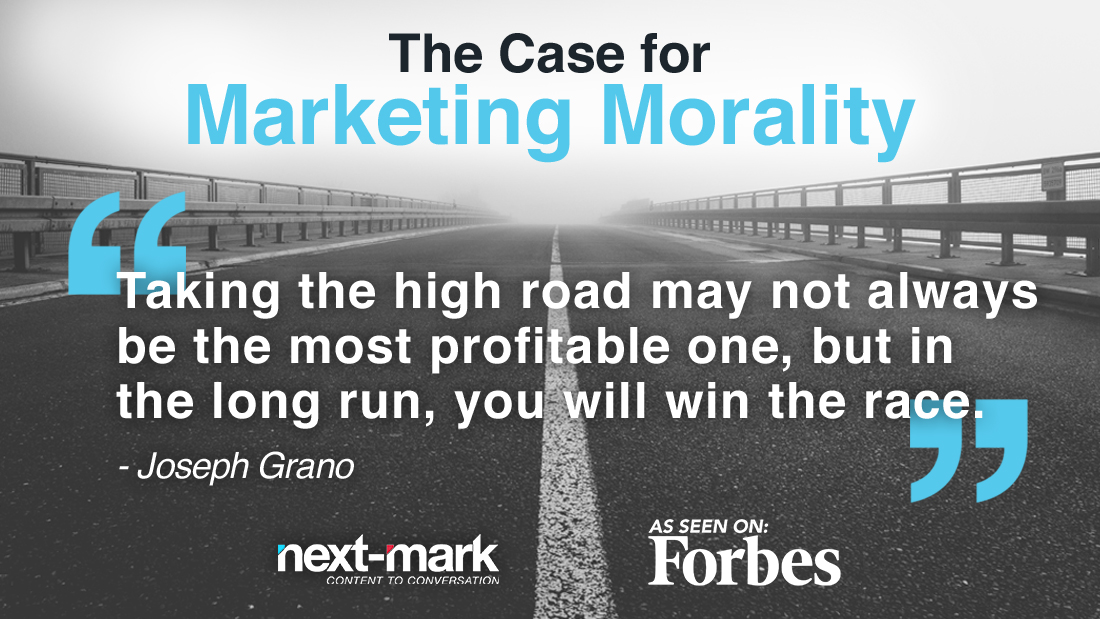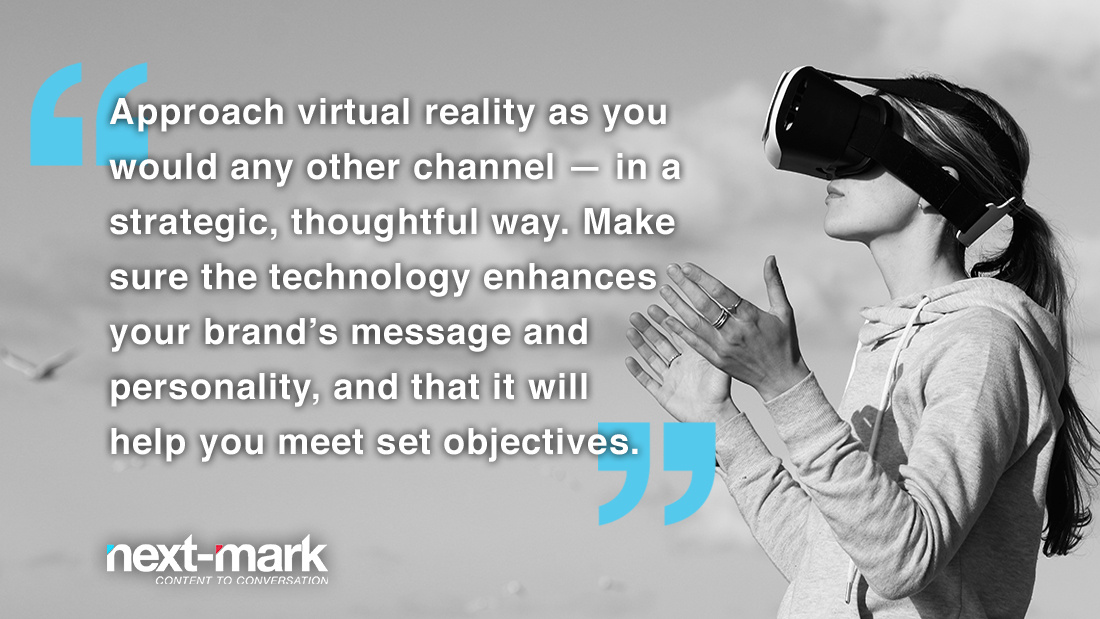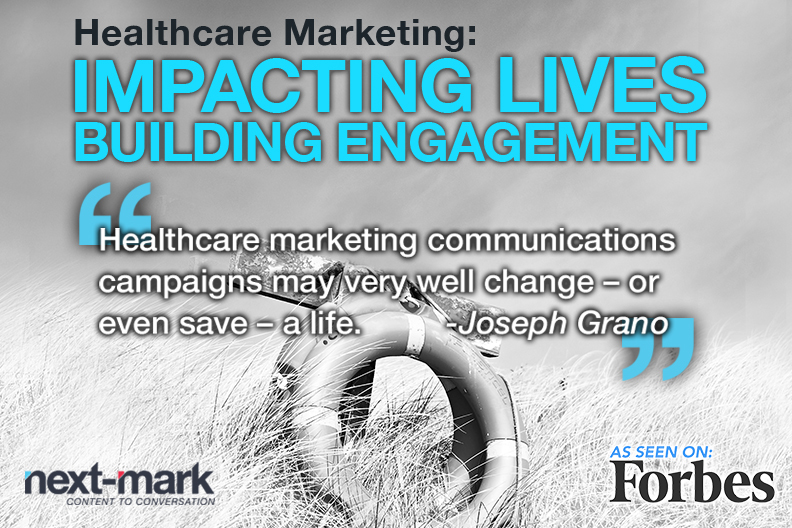
Unlike many marketing disciplines, professional healthcare marketers have a unique opportunity that extends beyond traditional marketing strategies and tactics. Healthcare marketing communications campaigns may very well change – or even save – a life.
With this opportunity comes an important and profound responsibility. Healthcare marketers must embrace this responsibility and align their efforts with the mission of their healthcare organization. Creativity, innovation and metrics all matter to healthcare marketers, but they must be motivated by the values of the institutions they represent.
If you’re a healthcare marketer, here are some things you must consider:
Know your mission. It’s critical to understand your healthcare organization’s mission and how it translates to your marketing communications strategy. Every message you curate and every campaign you lead should be driven by purpose and a true sense of responsibility for the people who are cared for or work at the healthcare organization you represent. It is critical to understand how your mission impacts lives and builds a connection to your audience.
Establish responsible thought leadership. Thought leadership in healthcare marketing goes far, wide and deep. Whether you’re promoting a subject matter expert or a C-suite leader within the healthcare space, you must be accountable for the persuasive message, creative intent and information presented. Content must then be disseminated through a cross section of channels that best align best with your publics. Whether it’s a blog, social media post or a comprehensive whitepaper, consider which medium will best drive optimal engagement with your targeted audience.
Empower creativity. Creativity is the cornerstone of any marketing communications effort, but in healthcare marketing, it comes with a unique and inherent responsibility. Before launching any marketing communications initiative, professional healthcare marketers must transcend the creative process to understand the breadth and scope of their message. Creativity is a useful tool, but one that should be employed only after measurable objectives and strategy are determined.
Demonstrate value. As organizations downsize and make challenging financial decisions, healthcare marketing is still core to the success of that organization’s mission. Whether it’s pharmaceuticals or publishing, when healthcare marketing budgets get cut there is a risk that it will impact the greater mission. Healthcare marketing leaders must work hard to sustain their budgets at all times, continuously communicate their purpose and demonstrate their value to better serve their market. It is important to manage healthcare marketing initiatives using metrics that clearly communicate the value of the project including projected ROI and other metrics.
Exercise your social voice with purpose. Social media is an invaluable tool in healthcare marketing. Your social voice must be accurate, current and reflect the mission of your organization. Your social conversation can bolster your market position and create new levels of engagement by providing the best information at the right time to your targeted audience.
Understand patient engagement. This is core to what you do. Take time to step away from your desk and interact with the patients and families you’re targeting with your messaging. A true, deep understanding of your audience will help you craft campaigns that successfully inform, educate and motivate patients to take action.
In my more than 25 years of experience in all aspects of healthcare marketing communications, I have learned that healthcare marketing extends far beyond a job description. It’s a profound responsibility, anchored in purpose and accountability. Remaining true to your organization’s mission and connecting with your audience can help create lasting, potentially life-changing campaigns.
This article by Joseph Grano was published on Forbes.com.
